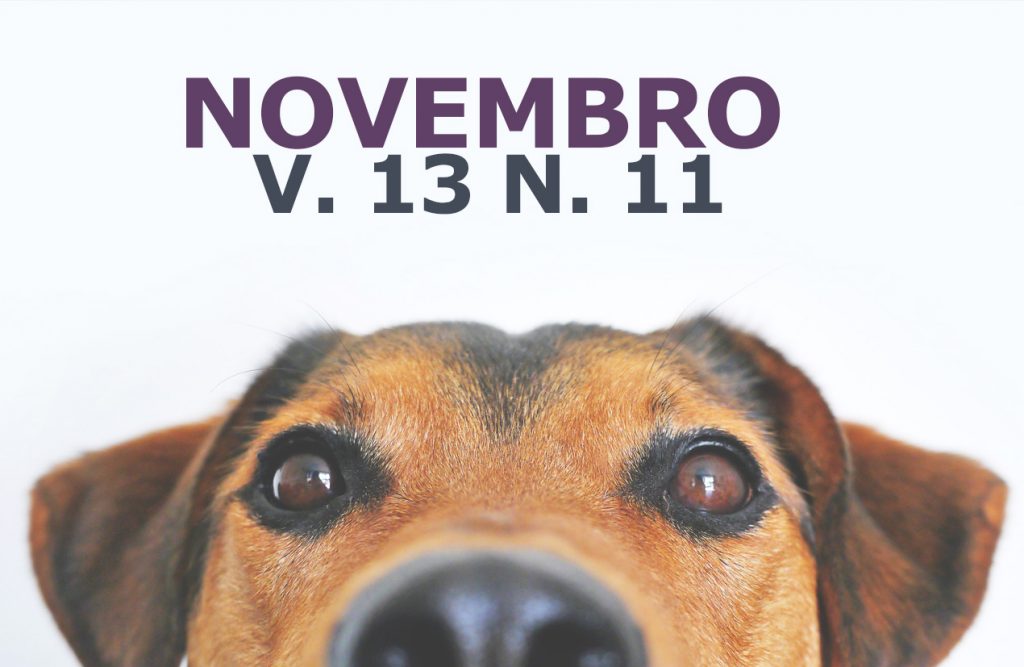Geometric morphometry of the wings allows verifying the racial positioning of Africanized bees
DOI:
https://doi.org/10.31533/pubvet.v13n11a453.1-7Keywords:
Apis melifera, multivariate, canonical variableAbstract
This study aimed to determine possible differences between populations of Africanized bees in the coastal area and of the sertão of Piauí, as a technique using geometric morphometry. The material analyzed consisted of adult workers of Africanized bees from the coastal region and of the sertão of Piauí. It was used as a comparative reference breeds digital images of the wings of 50 individual’s subspecies of European, African, and 45 individuals of Africanized bees coming from Ribeirao Preto in morphometric analyzes. In total we analyzed 645 images of wings. In the morphometric analysis, we used the standards veined right forewing with 19 landmarks. For the studies of geometric morphometric, the pieces were recorded and analyzed with the aid of programs and tpsDig MorphoJ. In the analysis of canonical variables, were the first three variables necessary to accumulate 86% of the total variation. There were significant differences (P < 0.001) in multivariate analysis among the seven groups. The squared Mahalanobis distances were statistically significant. By geometric morphometrics of the wings could differentiate the subspecies evaluated and check the positioning of racial Africanized bees Piauí. There is evident the existence of ecotypes among bees littoral and hinterland Piauí.
Downloads
Published
Issue
Section
License
Copyright (c) 2019 Fábio Adriano Santos e Silva, Darcet Costa Souza, Arnaud Azevedo Alves, José Elivalto Guimarães Campelo, Juliana do Nascimento Bendini, Lorena Andrade Nunes, Jaqueline Rosemeire Verzignassi, Francielly Paludo, Patrick Bezerra Fernandes, Jackson Rocklley Gomes da Silva, Josélia Quaresma da Silva

This work is licensed under a Creative Commons Attribution 4.0 International License.
Você tem o direito de:
Compartilhar — copiar e redistribuir o material em qualquer suporte ou formato
Adaptar — remixar, transformar, e criar a partir do material para qualquer fim, mesmo que comercial.
O licenciante não pode revogar estes direitos desde que você respeite os termos da licença. De acordo com os termos seguintes:
Atribuição
— Você deve dar o crédito apropriado, prover um link para a licença e indicar se mudanças foram feitas. Você deve fazê-lo em qualquer circunstância razoável, mas de nenhuma maneira que sugira que o licenciante apoia você ou o seu uso. Sem restrições adicionais
— Você não pode aplicar termos jurídicos ou medidas de caráter tecnológico que restrinjam legalmente outros de fazerem algo que a licença permita.





